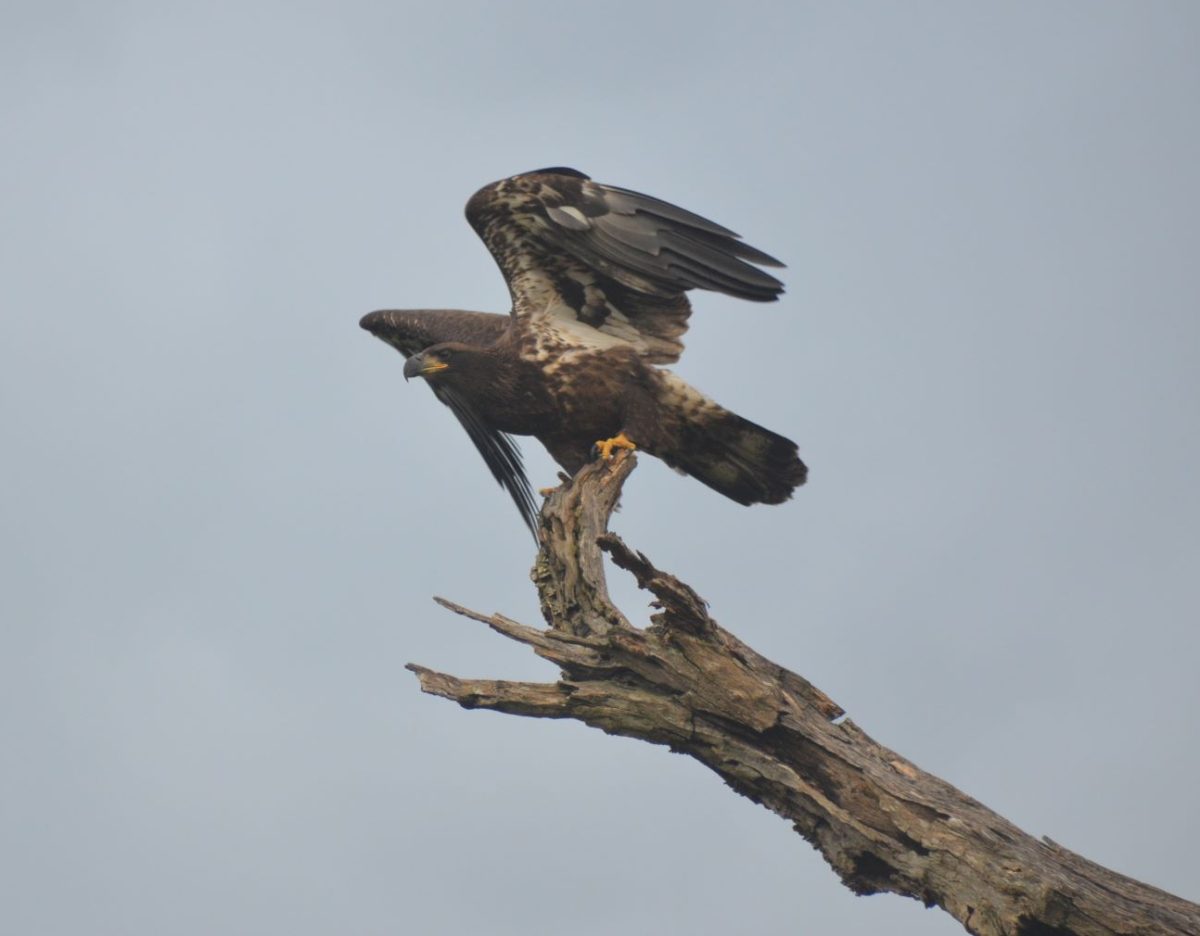
These girls are headed to town. We made a major decision to downsize our herd. So, on January 18th all 180 of our young cows – bred heifers to the 6 year olds are going to be at Kingsville’s cow sale. This was one of the hardest decisions we have every made. We have held heifers back from our best cows for years to create this herd.

These cows are the daughters and granddaughters of the old cows we are keeping. All cows and heifers got Scourguard, Ultrabac 7 blackleg, and ViraShield 6VL5HB vaccinations when we preg checked in November. They were de-wormed with Safeguard drench and Ivermectin pour-on also. The heifers got their 2nd dose of Scourguard on Jan. 2nd. Everything had Virashield 6VL5HB, an autogenous pinkeye vaccine from Benton County Vet Clinic, and Long Range de-wormer in the spring. All of these cows were PI BVD tested as calves.
We will still have 140 older (7-yr-old to 13-yr-old) cows to keep us busy. Here are some pics of the old cows.

This cow is 13 years old. Her number is 2206. She was born in 2012. Her dam was 206, a 10-year-old cow when she was born. Several of her daughters and granddaughters are among the cows we are selling. This will be calf number 11 for her.
I’m hoping she has a heifer calf this year.


Here are a few more of the old cows we are keeping. You will see several cows and heifers with 117 in their tag number. The problem we ran into with our tagging system is that unless you want an 8-digit number you have to be creative sometimes. For example, 1717 and 1117 are both 4- yr-olds from the 117 bloodline.



These are some of the bred heifers. They just let me walk around and take pictures!
We have four questions we ask when we make a decision to keep a heifer to breed. Is her momma a cow we want to keep a heifer from? Does she have a good disposition? Does she have an early birthday? Does she have the size and the looks we want in a cow? The next test is pre-breeding check. We don’t keep anything with a pelvic measurement under 170. We start with app. 150 heifer calves and cut and cull until we have the 50 heifers we want to keep as cows for the next ten years.
We really hate to say good-bye to these ladies, but someone will be getting great cows that we have put a lot of time and effort into.
Until next time.
Don’t forget to shut the gate.








































































